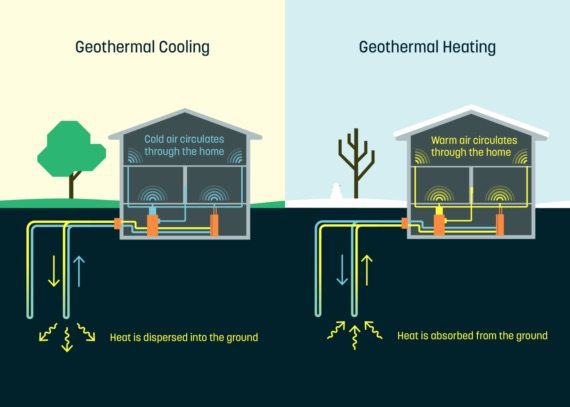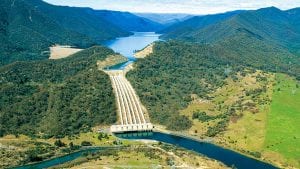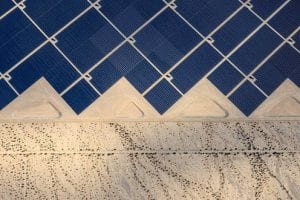Google has set up an independent business outside the Alphabet umbrella called Dandelion. The new company was created to promote new geothermal system technology.
Dandelion will attempt to do for residential heating and cooling what SolarCity has done for rooftop solar.

“For the past few years, my team and I have been on a mission to make it easier and more affordable to heat and cool homes with the clean, free, abundant, and renewable energy source right under our feet: geothermal energy,” says Dandelion CEO Kathy Hannun in a blog post.
Residences and commercial buildings account for 39% of all carbon emissions in the US, she says, mostly in the Northeast where fuel oil and propane are the primary sources of heat for many homes.
Energy prices can vary widely from year to year, making it hard for families to budget. Geothermal is based on the idea that the temperature of earth remains fairly constant from season to season and year to year.
“Home geothermal systems can offer lower and steadier monthly energy costs because they use the energy in the ground under your yard,” Hannun says.
“The ground stays at about 50 degrees Fahrenheit year round. In the wintertime, water circulating through U-shaped plastic pipes installed in your yard absorbs heat from the earth, and then a geothermal heat pump inside of your home turns it into warm air.
In the summertime, the pump draws the warm air out of your home and the so-called ‘ground loops’ disperse the heat into the earth.”
Previously, geothermal systems depended on bringing in the big drilling rigs needed to bore artesian wells. But Dandelion is based on new technology, Hannun explains.
“We decided to try to design a better drill that could reduce the time, mess and hassle of installing these pipes, which could in turn reduce the final cost of a system to homeowners.
“We began prototyping and testing all sorts of ideas, like modifying a jackhammer that could burrow itself into the ground; freezing the ground with liquid nitrogen and chipping the soil away with a hammer; and even using a high pressure water jet to obliterate the ground at rocket speeds.
After months of testing, we hit upon a design for a fast, slender drill that hit our objectives.
“It could drill just one or two deep holes just a few inches wide, and compared to typical installation rigs, it produced less waste and took up much less space as it operated.
It left a typical suburban backyard relatively undisturbed, so we could minimize landscaping costs for homeowners.
Just as importantly, it was fast; we could install all the ground loops in less than a day, instead of the more typical 3 or 4 days.”
The Dandelion system promises to be much less expensive than traditional geothermal systems, which will make it more attractive to homeowners.
The business has already begun operations in New York and will concentrate on other areas in the Northeast first.
Hannun says, “We’re looking to partner with local heating and cooling installers.
And we’ve developed a financing program that will allow homeowners to install a Dandelion systemfor no money down and save money from day one while locking in low, predictable payments for heating and cooling.
To help us with sales and operations, we’ve just closed an initial round of seed funding, led by Collaborative Fund.”
Source: Cleantechnica. Reproduced with permission.










